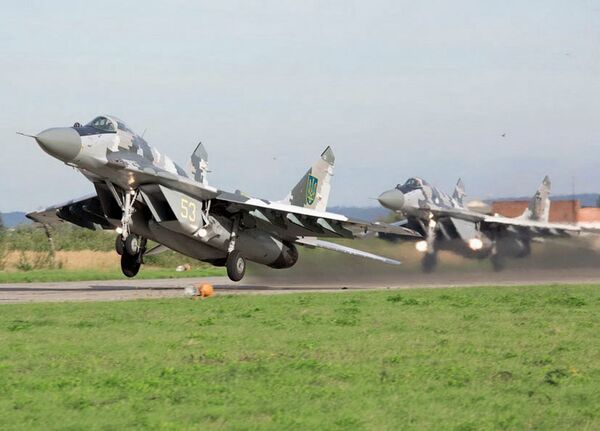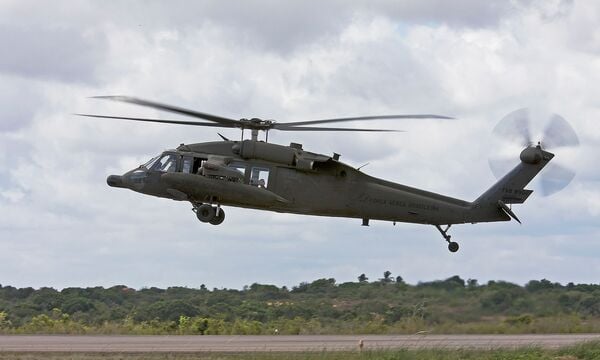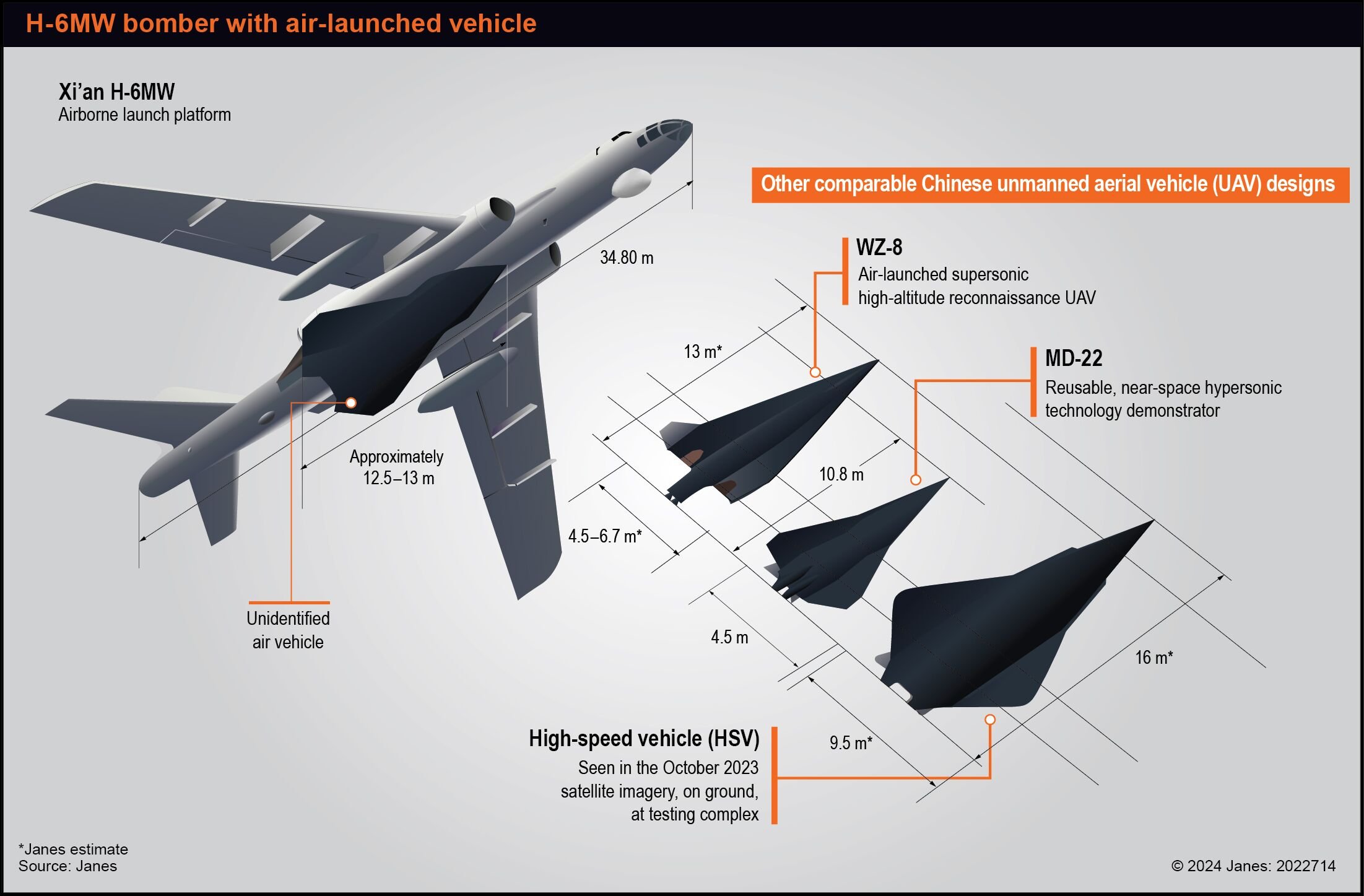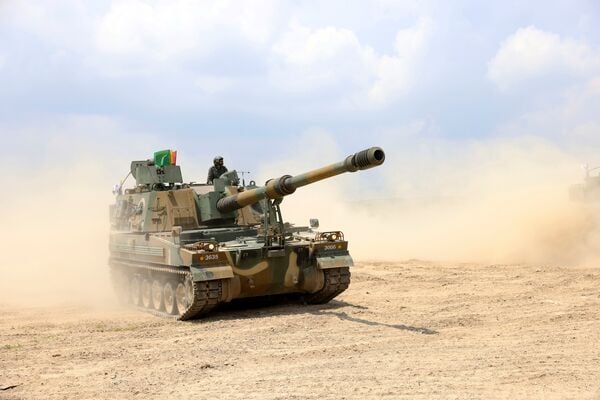- About
- Intara
- Capabilities
- Advisory
- Resources
- News
- Store
Ukraine conflict: Kyiv increases available aircraft fleet
21 April 2022
by Gareth Jennings


Ukraine has been able to increase the number of aircraft at its disposal, with spares and assistance provided by the US. It is not clear if this includes the MiG-29 fleet (pictured), although maintaining the serviceability of these fighters is a high priority for Kyiv. (Ukrainian Ministry of Defence)
Ukraine has increased its fleet of available aircraft, having received new parts and assistance from the United States and international allies.
The Ukrainian Air Force said on 20 April that it had not received new aircraft – contrary to earlier media reports based on a briefing by Pentagon Press Secretary John Kirby – but had returned to operational service some undisclosed aircraft types.
“Ukraine did not receive new aircraft from partners!” the Ukrainian Air Force said on its official Twitter account. “With the assistance of the US government, [the Ukrainian Air Force] received spare parts and components for the restoration and repair of the fleet of aircraft in the armed forces, which will allow to put into service more equipment,” it added.
Brazilian Army seeks 12 UH-60M Black Hawk helicopters
25 April 2024
by Victor Barreira


A Brazilian Air Force UH-60L Black Hawk. The Brazilian Army is set to replace its HM-2 Black Hawk fleet with newer examples. (Leandro Maldonado)
The Brazilian Army is to acquire 12 Sikorsky UH-60M Black Hawk utility helicopters to replace its eight HM-3 Cougar and four HM-2 Black Hawk helicopters, said Army Commander General Tomás Miguel Miné Ribeiro Paiva during a 17 April presentation to the Brazilian Committee on Foreign Relations and National Defense.
Gen Tomás noted that the fleet is to be purchased through the US Foreign Military Sales (FMS) programme and entails purchasing surplus helicopters, which will be refurbished before transfer to the Brazilian Army Aviation Command (CAvEx).
The acquisition is being carried out as part of the Army Strategic Program Army Aviation (Prg EE Av Ex). The phasing out of the Cougar and Black Hawk helicopters was approved in December 2023.
The HM-3 is fielded by the 2nd Army Aviation Battalion and the 3rd Army Aviation Battalion, and the HM-2 is deployed by the 4th Army Aviation Battalion.
New aerial vehicle seen on Chinese H-6 bomber
24 April 2024
by Akhil Kadidal


This conceptualised graphic of a new air-launched vehicle recently carried by a Xi'an H-6MW bomber is based on a low-quality photograph. The new air vehicle is possibly based on the design and development of other Chinese air vehicles such as the WZ-8 and MD-22, and a new HSV. (Janes)
A Chinese Xi'an Aircraft Company (XAC) H-6MW bomber has been photographed in flight while carrying a new type of air-launched vehicle.
The H-6MW is a specialised, cruise missile-carrying variant of the People's Liberation Army Air Force's (PLAAF's) strategic bomber. Janes has previously assessed that the aircraft is the airborne launch platform for the Aviation Industry Corporation of China (AVIC) WZ-8 supersonic, high-altitude reconnaissance unmanned aerial vehicle (UAV).
However, the new aerial vehicle seen carried by the bomber differs in design from the WZ-8, suggesting it could be part of a new programme to develop a supersonic or hypersonic air vehicle. A photograph of the H-6MW carrying the new aerial vehicle first appeared on Chinese social media from the third week of April. The programme is likely inspired by the WZ-8 programme.
Vietnam outlines intent to procure K9 howitzer
24 April 2024
by Kapil Kajal


The K9 SPH has a combat weight of 46.3 tonnes, a top road speed of 67 km/h, and an operational range of 360 km. (Hanwha Defense)
Vietnam's Ministry of Defence (MoD) has indicated that it is planning to procure the K9 self-propelled howitzer (SPH) – developed and produced by South Korea's Hanwha Aerospace – for the People's Army of Vietnam.
Vietnamese Vice-Minister of National Defence Hoang Xuan Chien expressed an intention to procure the K9 at the ‘11th Korea-Vietnam Defense Strategy Dialogue' held in Hanoi on 23 April, according to a press release issued by the South Korea's Ministry of National Defense (MND) one day later.
“Chien evaluated Korea's weapons systems and expressed his intention to expand defence industry co-operation, including the introduction of Korean weapon systems such as the K9 SPH [into the People's Army of Vietnam] and requested co-operation from the Korean government for this purpose,” the MND said.
In addition, the two sides agreed to strengthen co-operation in areas such as maritime security, cyber security, and logistics, the MND added.
Ukraine has increased its fleet of available aircraft, having received new parts and assistance from...
Latest Podcasts
Iran Israel analysis
In this podcast Janes analysts discuss the Iranian attacks on Israel on the 14 April. They highlight the military systems used by Iran and the performance and impact of these on Israel. They also discuss the implications of this attack goi...
Listen nowJanes Case Studies
Using Janes Intara to build a common intelligence picture: Russian build up on the Ukrainian border
View Case StudyNews Categories
 Air Details
Air Details